Surface area of a Sphere
In this section, we will learn sphere definition, properties, and area of sphere formula along with examples in detail.
Sphere
A sphere is a round shape solid object in three-dimensional space. It can be defined as the set of points that are all at the same distance form a given point (center). The perfect example of the sphere is the globe and ball.
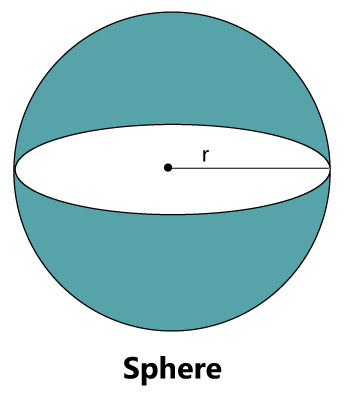
There is a slight difference between a sphere, and a circle is that a circle is a two-dimensional shape while the sphere is a three-dimensional shape.
Hemisphere
It is the half of the sphere.
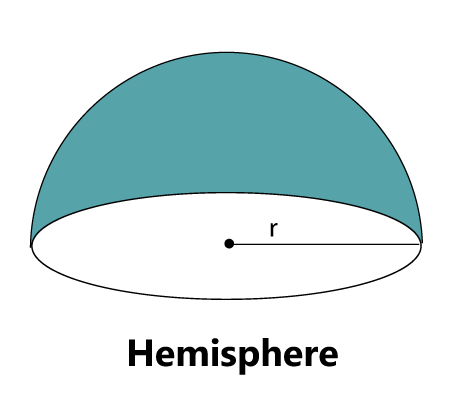
Properties of a Sphere
- It is symmetrical.
- It is not a polyhedron shape (a three-dimensional shape with flat polygonal faces, sharp corners).
- The center has equidistant from all the points on the surface.
- Its center does not have a surface.
- Its width and circumference are constant.
- It has no flat surface.
Surface Area of a Sphere
The region covered by the surface of a sphere is called the surface area of a sphere. The surface area of a sphere is the same as the surface area of a cylinder with the same radius and height as the sphere.
We can also say that it is four times the area of a circle.
The surface area of a sphere in terms of diameter:
Where d is the diameter.
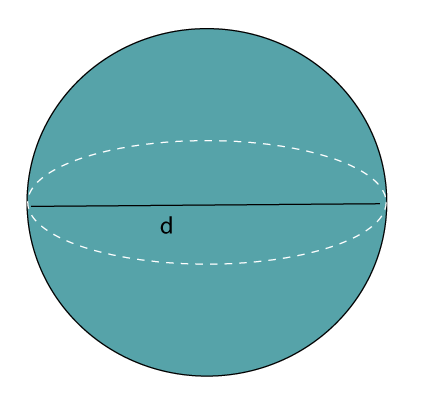
The area of a three-dimensional shape can be divided into three categories:
- Curved Surface Area: It is the area of all curved regions of the solid shape.
- Lateral Surface Area: It is the area of all the regions except bases top and bottom.
- Total Surface Area: It is the area of all the sides (top, bottom, and solid).
From the above points, we can conclude that:
Surface Area of a Hemisphere
Examples
Example 1: The radius of a sphere is 4.7 cm. Find the surface area of the sphere.
Solution:
Given, radius (r) = 4.7 cm
We know that,
Putting the value of r in the above formula we get:
A = 4 * 3.14* (4.7)2
A = 4 * 3.14 * 22.09
A = 277.4504 sq. cm.
The surface area of the sphere is 277.4504 sq. cm.
Example 2: Find the surface area of a globe whose radius is 12 cm. Round the answer to the nearest hundredth.
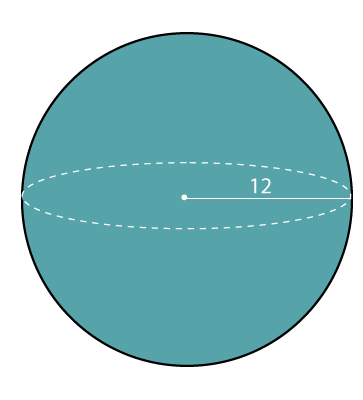
Solution:
Given, radius of globe (r) = 12 cm
We know that,
Putting the value of r in the above formula we get:
A = 4 * 3.14* (12)2
A = 4 * 3.14 * 144
A = 1808.64 sq. cm.
The surface area of the sphere is 1808.64 sq. cm.
Example 3: The radius of a hemisphere is 6.6 cm. Find the surface area of the hemisphere without the base.
Solution:
Given, radius of hemisphere (r) = 6.6 cm.
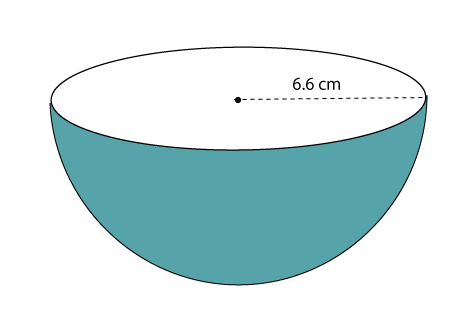
We know that,
Putting the value of r in the above formula, we get:
A = 2 * 3.14 * (6.6)2
A = 2 * 3.14 * 43.56
A = 273.5568 cm2
The surface area of the hemisphere is 273.5568 cm2.
Example 4: Find the surface area of the sphere whose diameter is 7 cm.
Solution:
Given, diameter of the sphere (d) = 7 cm.
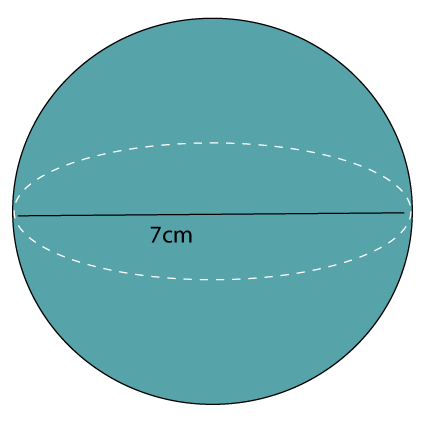
We know that,
Putting the value of d in the above formula, we get:
A = 3.14 * (7)2
A = 3.14 *49
A = 153.86 cm2
The surface area of the sphere is 153.86 cm2.
